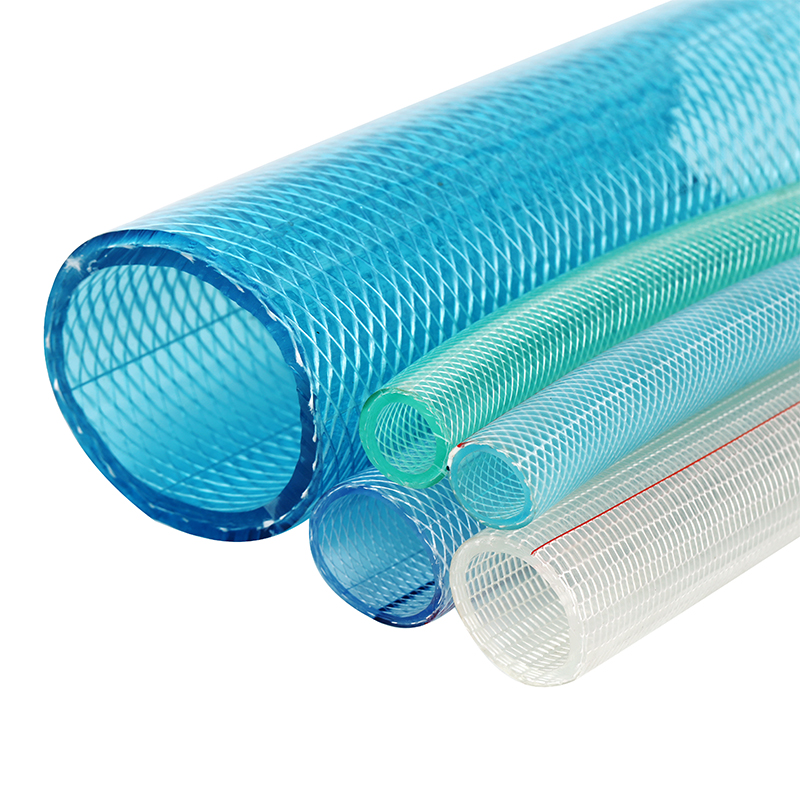Comparison of PVC, Rubber, and Polyurethane for Air Hoses in Various Applications
Comparison of PVC, Rubber, and Polyurethane Air Hoses
When it comes to selecting the right air hose for your needs, understanding the differences between materials is crucial. Three of the most commonly used materials for air hoses are PVC (polyvinyl chloride), rubber, and polyurethane. Each material has its own unique properties, advantages, and disadvantages that make it suitable for specific applications. This article will provide a detailed comparison of PVC, rubber, and polyurethane air hoses to help you make an informed choice.
PVC Air Hoses
PVC air hoses are popular due to their lightweight nature and ease of handling. They are typically less expensive than their rubber and polyurethane counterparts, making them an attractive choice for budget-conscious consumers. PVC hoses are resistant to abrasion and weather conditions, which makes them ideal for outdoor use. However, they tend to retain a memory of their coil shape, which can hinder portability and ease of use.
On the downside, PVC hoses may not perform well in extreme temperatures. They can become brittle in cold weather and may not be suitable for high-pressure applications. Additionally, while PVC is resistant to chemicals, it may not hold up against certain solvents. Overall, PVC air hoses are best suited for general use, light-duty tasks, and environments where extreme weather conditions or high pressures are not a concern.
Rubber Air Hoses
Rubber air hoses are known for their durability and flexibility. They can withstand high temperatures, making them suitable for industrial applications that involve heavy machinery or tools. Rubber hoses maintain their flexibility in colder conditions and are resistant to cuts and abrasions, making them ideal for rugged environments.
pvc vs rubber vs polyurethane air hose

The downside of rubber hoses is their weight. They tend to be heavier than both PVC and polyurethane hoses, which may be a concern for some users. Additionally, rubber hoses generally have a higher price point, reflecting their durability and performance capabilities. However, if longevity and efficiency are your top priorities, a rubber air hose can be a wise investment.
Polyurethane Air Hoses
Polyurethane hoses are a middle ground between PVC and rubber, combining the best features of both materials. They are lightweight, flexible, and resistant to kinking, which makes them easy to work with. Polyurethane hoses also have excellent abrasion resistance and can handle a wider range of temperatures compared to PVC. This makes them well-suited for both indoor and outdoor applications.
One of the standout features of polyurethane hoses is their resistance to chemicals and oils, which can be a significant advantage in specific work environments. However, they can be more expensive than both PVC and rubber hoses. While their flexibility and lightweight design make them easier to use, they may not have the same level of durability as rubber hoses in the most extreme conditions.
Conclusion
In conclusion, the choice between PVC, rubber, and polyurethane air hoses depends largely on your specific needs and the environment in which you will be using them. PVC hoses are economical and versatile for light-duty tasks, while rubber hoses provide increased durability and flexibility for heavy-duty applications. Polyurethane hoses offer a balanced option with good resilience and chemical resistance. By considering factors such as application, environmental conditions, and budget, you can select the air hose that will best meet your requirements. Each material has its merits and limitations, making it essential to assess your needs before making a purchase.
-
Top Quality Oxy Acetylene Hoses for Sale Fit for Welding DemandsNewsJul.28,2025
-
The Future of Pneumatic Air Tubes in IndustryNewsJul.28,2025
-
Superior and Reliable LPG Hose Pipe Solutions for Every NeedNewsJul.28,2025
-
Exceptionally Durable and Versatile Premium Braided PVC TubingNewsJul.28,2025
-
Best Adapters for Connecting Garden Hose to PVC Pipe ConnectionsNewsJul.28,2025
-
The Essential Role of LPG Hoses in Safe and Efficient Gas DistributionNewsJul.16,2025














